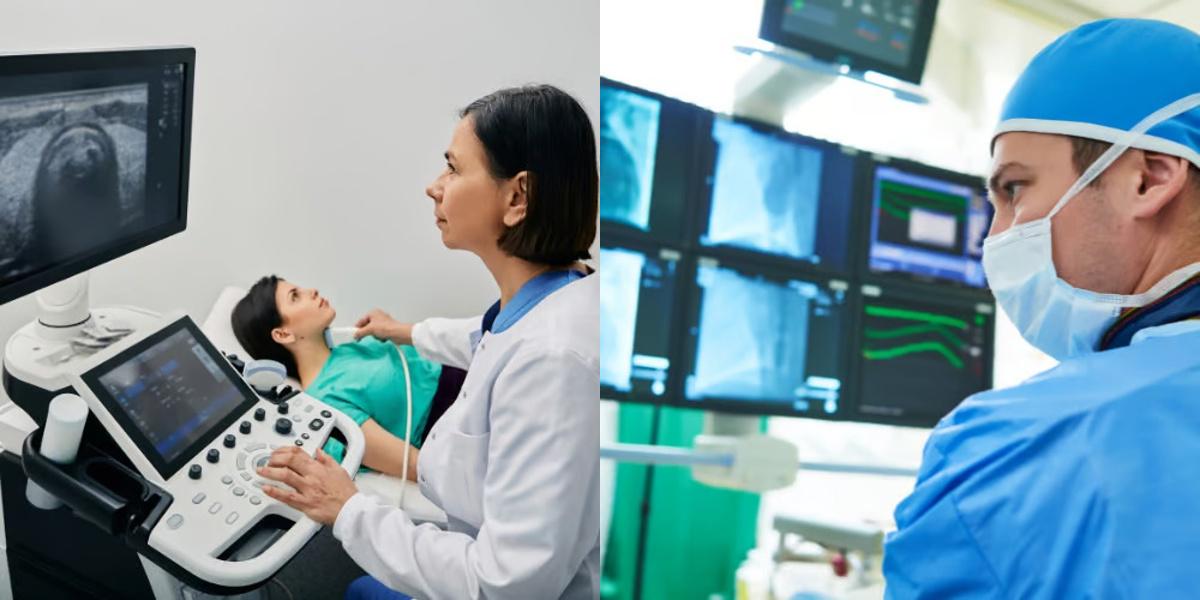Diagnostic Medical Sonographer vs Radiology Technician

Exploring a career in medical imaging? Many students and career changers ask, “Should I become a Diagnostic Medical Sonographer or a Radiology Technician?” Both roles are in-demand healthcare careers with strong salaries, but they differ in training, daily work, and long-term opportunities. This guide compares responsibilities, education, pay, and job outlook so you can choose the path that matches your goals.
Salary and Career Outlook
Diagnostic Medical Sonographer
- Median Salary (May 2024): $89,340/year (BLS).
- Job Growth: 15% through 2033, much faster than average (BLS).
- High demand in hospitals, outpatient centers, and OB/GYN practices.
Radiology Technician
- Median Salary (May 2024): $77,660/year (BLS).
- Job Growth: 6% through 2033, faster than average (BLS).
- Demand steady in hospitals, diagnostic labs, and urgent care facilities.
Frequently Asked Questions
Is it harder to become a sonographer or a radiology technician?
- Sonography programs tend to be more specialized and may take longer (2–4 years), while radiology programs can often be completed in 2 years.
How much does training cost?
- Sonographer programs: $6,000–$40,000, depending on school and location.
- Radiology technician programs: $5,000–$25,000 for certificates; $6,000–$40,000 for associate degrees.
Which career is better for patient interaction?
- Sonographers typically spend more time with patients during imaging.
Final Thoughts
Both careers offer stability, competitive pay, and the opportunity to make a difference in healthcare. If you enjoy specialized ultrasound work and direct patient interaction, becoming a Diagnostic Medical Sonographer may be the right fit. If you prefer versatility with multiple imaging technologies, a career as a Radiology Technician could suit you better.
Dreambound makes it easier to start your career in medical imaging. Explore accredited training programs in your area today:

Pia Yapjoco is part of the school growth and sales team at Dreambound. She helps facilitate school partnerships that expand educational opportunities for aspiring students in allied health and other trades. Beyond work, she curates her pup's Instagram, hunts for hidden coffee gems, and escapes into cozy gaming.




